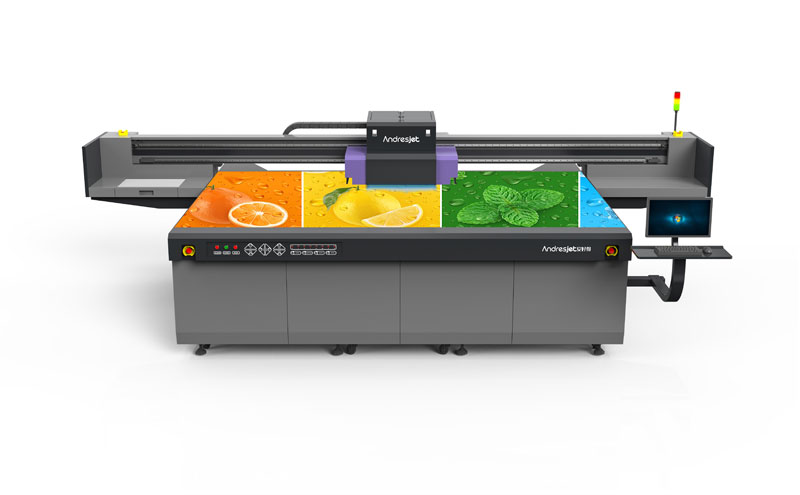UV Flatbed Printer: The Basics of Color Management
UV Flatbed Printer: The Basics of Color Management
Color management is a crucial aspect of any printing process, especially when it comes to UV flatbed printers. These printers, known for their versatility and high-quality output, rely heavily on accurate color reproduction to meet client expectations. Understanding the basics of color management for UV flatbed printers is essential for achieving consistent and high-quality prints.

Color Spaces and Profiles
The foundation of color management lies in understanding color spaces and profiles. A color space defines the range of colors that can be reproduced by a specific device or medium. The most commonly used color space in printing is CMYK (Cyan, Magenta, Yellow, and Black), which represents the four process colors used in most printing processes. However, UV flatbed printers often work in a wider color gamut, allowing for more vibrant and saturated colors.
Color profiles, on the other hand, are specific to each device and describe how colors should be reproduced on that particular device. They are created through a process called profiling, which involves printing a target containing hundreds of color patches and then measuring these patches with a spectrophotometer to create a precise map of how colors will be reproduced on the printer.
ICC Profiles and Color Matching
ICC (International Color Consortium) profiles play a vital role in ensuring color consistency across different devices. These profiles act as a translator between devices, ensuring that colors are accurately reproduced from one device to another. For UV flatbed printers, having an accurate ICC profile is essential for matching colors to a specific printing substrate or media.
Color matching is the process of adjusting colors on the printer to match a reference color or a color on another device. This process involves using software tools to adjust the CMYK values until the desired color is achieved. UV flatbed printers often come with advanced color management software that simplifies this process.
Monitor Calibration
Another crucial aspect of color management is monitor calibration. Since most design and editing work is done on computer screens, it’s essential that the colors displayed on the monitor are accurate. Monitor calibration involves adjusting the monitor’s brightness, contrast, and color temperature to ensure that colors are displayed accurately. This process should be done regularly, as monitors can drift out of calibration due to various factors such as age, usage, and ambient light conditions.
Ink and Media Choice
The choice of ink and printing media also plays a significant role in color management. UV flatbed printers use UV-curable inks, which offer excellent adhesion, durability, and a wide color gamut. However, different inks and media combinations can produce vastly different results. Therefore, it’s essential to test and profile each ink and media combination to ensure accurate color reproduction.
Maintenance and Calibration
Regular maintenance and calibration of the printer are also essential for maintaining color consistency. UV flatbed printers require periodic cleaning and maintenance to ensure optimal performance. Additionally, printer calibration should be performed regularly to ensure that the printer is reproducing colors accurately. This involves printing test patches, measuring them with a spectrophotometer, and adjusting the printer’s settings accordingly.
Software Tools for Color Management
Many software tools are available to assist with color management for UV flatbed printers. These tools can help create and manage ICC profiles, perform color matching, and monitor calibration. Some popular color management software includes X-Rite’s i1Profiler and ColorChecker, and BasICColor’s DisplayCAL.
Conclusion
Color management is a complex but essential aspect of UV flatbed printing. By understanding color spaces, creating accurate ICC profiles, calibrating monitors, selecting the right ink and media combinations, and performing regular maintenance and calibration, printers can achieve consistent and high-quality color reproduction. Investing in the right software tools can further simplify and streamline the color management process, ensuring that client expectations are met and exceeded.
In the competitive world of printing, where quality and consistency are paramount, mastering the basics of color management for UV flatbed printers is not just an option but a necessity. It ensures that every print job meets the highest standards, satisfying even the most demanding clients. By following the guidelines outlined in this article, printers can take their color management to the next level and produce exceptional results with their UV flatbed printers.
